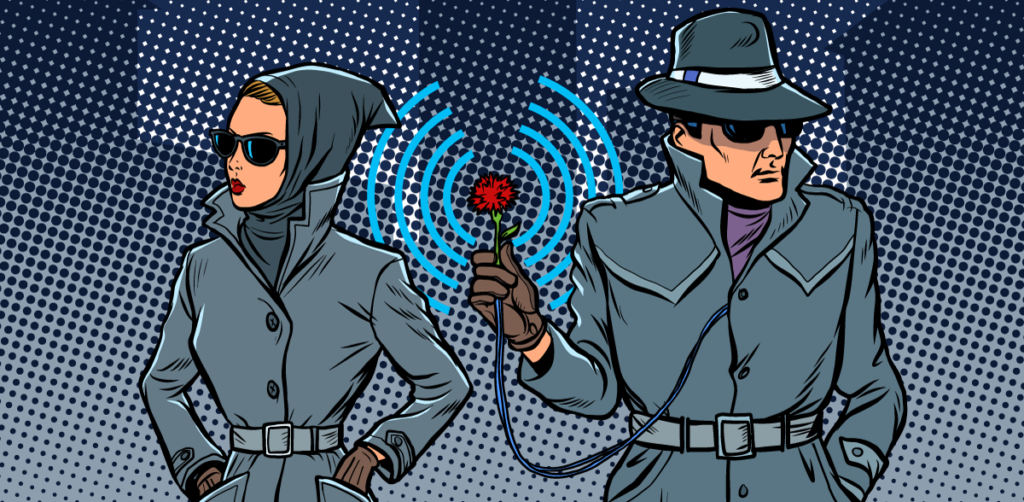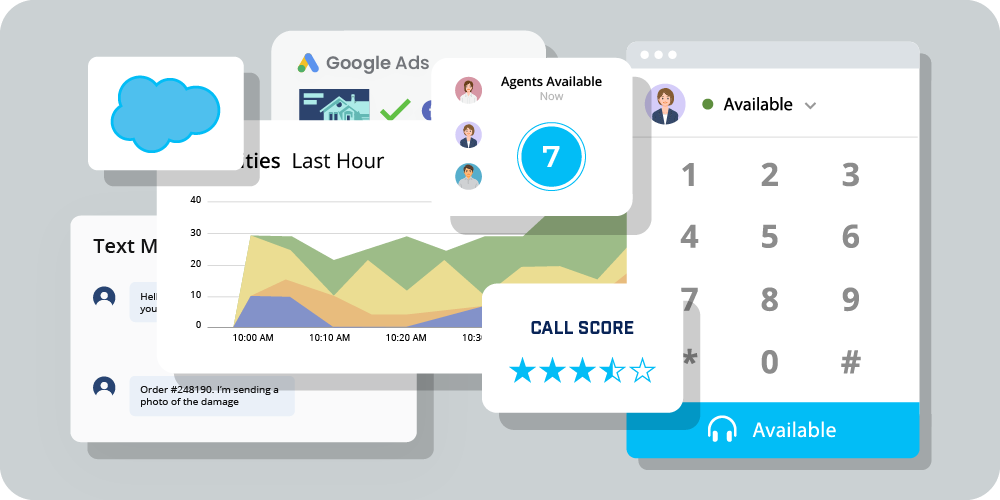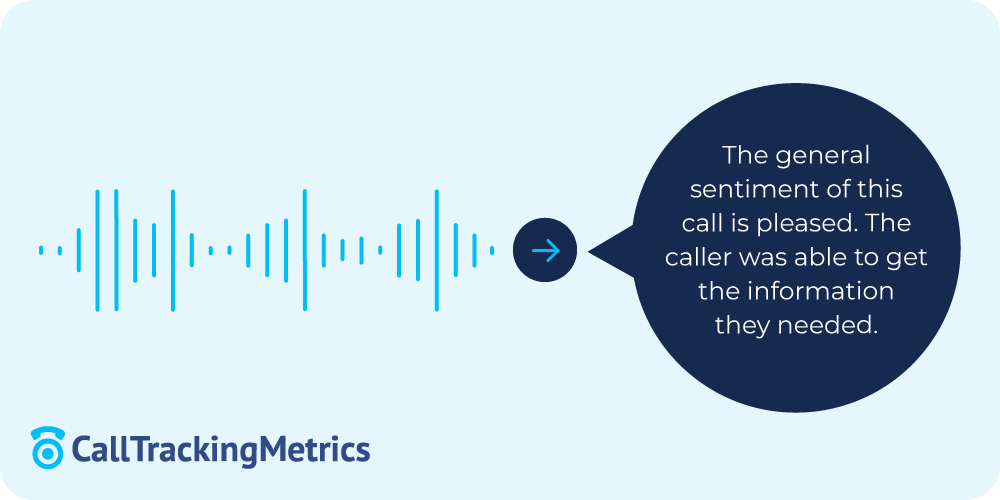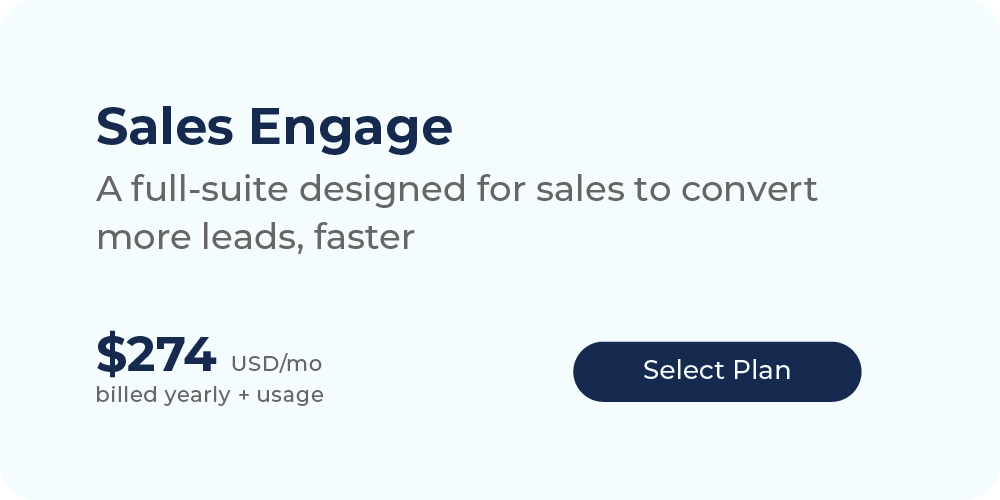Old School Tactics for Modern Success: Sales Coaching with Call Recording and Transcriptions
The term “call recording” might have you picturing detectives in an unmarked van on a stakeout listening to suspects, or a super spy secretly slipping a futuristic wiretap on a cell phone. Call recordings for sales coaching are not that. But, they might be just as useful (and cool?!) if you’re a sales manager.

Call recording and call transcriptions are tools used by sales and marketing teams to learn from their conversation after a phone call has finished. Instead of being done in secret, callers are notified of any recordings, and any information gathered is used to make their customer experience better (not build a criminal case against them). With the rise of AI, there’s a whole new focus on conversation intelligence. While AI is the new kid on the block, there’s still incredible power in actually listening to calls and reading your customer’s own words.
Why use sales coaching tools at all?
Why would anyone go back and listen to what happened on a phone call? Or spend even more time reading its transcript? There are two big reasons:
- To get to know your customers better
- To find ways to improve sales performance
There are critical insights hidden away in the words of your phone calls. Without recordings and transcriptions they’re lost as soon as the call disconnects. Hopefully your sales team is taking notes to add to Salesforce, or capturing the key points in a wrap up panel. But, that’s a lot of pressure for one person to capture all of those insights from memory in a short period of time before you’re on to your next sales call.
Bonus reason to leverage call recordings and transcriptions:
Regardless of every time Google has pushed back the deadline for the death of third-party cookies, there will come a day when we can no longer rely on those cookies. Your customer conversations are 100% first-party data. Your competitors have no access to what you can learn directly from your customers. It’s all fuel for your competitive advantage.
Review call recordings to get more from your team
Professional athletes are good at their jobs. But, they still watch game film after every game to try and get better. Sales teams are good at their jobs. But there’s an opportunity to get better. Listening back to a call recording, in a room or in a 1:1 with a supervisor, is the sales version of watching game film. Sales coaching is coaching.
What went wrong? What went right? How can we use this call to prepare for the next one? You can’t listen to every call (AI is pretty good at it though), so the best way to tackle personal and professional growth is to listen to a sample of calls that went well, and calls that went…not well.
What you can learn from listening to bad calls.
Bad calls happen. Listening to these call recordings gives you the chance to avoid a bad call next time. Prepare for what you weren’t prepared for this time.
Whether you went off script, didn’t have an answer, or just couldn’t find your words that day, listening to calls that went badly gives you a chance to improve yourself and your processes.
- Connect with marketing to create new resources to answer frequently asked, but unanswered questions.
- Find improvements for your team’s static scripts that might not fit recent conversations.
- Discover knowledge gaps to enroll in internal product training.
What you can learn from listening to good calls.
Good calls happen too! Hopefully more frequently than the bad ones. What you’re looking for when coaching based on a good call recording is how to repeat that good behavior. Is there something this one sales rep did that your other reps can start to use?
- Find the open questions that get leads talking about their goals.
- Get teams to rally around closing deals without the need of promotions and discounts as a first resort.
- Connect the product team with new opportunities for sellable features mentioned in multiple conversations.
It’s not just the sales team that can get a performance boost from listening to recorded calls. The marketing team at CallTrackingMetrics takes time every Wednesday to listen to a sales or customer call. We want to know how our prospects talk about our product. We want to know their frustrations that our product helps solve and roadblocks to why they haven’t purchased yet. It’s all in the service of getting better. We can update messaging, targeting, and campaigns around real intent, and not our assumptions.

Transcribe your calls for deeper analysis
Call transcriptions aren’t just for people who prefer to read instead of listen. Once you take audio and transform it into the written word, you open up a whole new bag of tricks to take analysis to a new level.
You can simply read individual calls, much like you would with a call recording. It’s definitely handy when you don’t want to turn off your Spotify playlist but still want to learn from your calls. But the real power of transcriptions is that you can start layering on additional conversation intelligence tools. Here’s just four ways to use phone call transcriptions to give your teams a leg up.
1. Keyword spotting and Tagging
Where AI call summaries are the hot new kid on the block, keyword spotting still holds the key to a lot of great automation. Once a call is transcribed, you can use keyword spotting to identify phrases and words spoken by either you or the caller. Why? So many reasons why.
For sales team coaching, you can identify phrases that would indicate a negative experience. Like swearing or “speak to manager.”
For marketing segmentation, you can identify when a product or promotion is mentioned.
And to make life easier, start tagging spam calls and wrong numbers.
2. Call Scoring
Where tagging takes call transcriptions and builds an at-a-glance view of what a call was about, call scoring adds a quality measure to it. We know there’s valuable insights to listening to “good” and “bad” calls. By combining the tags generated by keyword with other indicators like talk time, and source you can score your calls, giving you a quick filter for finding the best calls for your sales coaching.
3. Automation
Calls are recorded. Then they’re transcribed. The keywords are spotted, calls tagged, and scored. Now what? You need to do something with all these new data points.
You can use the call scores to prioritize your sales coaching, but you can use those scores to automate which calls get sent to Google Analytics and Ads as conversions and key events. Automated scoring becomes the fuel for Google’s own automated optimization.
Spam calls, wrong numbers, and missed voicemails can suck up a lot of time for your team. For Discovery Institute and other customers in behavioral health, slow responses can have life altering repercussions.
Instead of settling for a suboptimal process, Discovery Institute used call recordings and transcriptions to prioritize calls and automate a better process for after-hours calls. After-hour calls get transcribed and immediately emailed to the patient’s counselor. This means every counselor can start their day addressing their patients’ after-hour concerns and responding as soon as possible.
4. Bring in the AI

And of course, for those modern sales and marketing teams who have mastered classic call recordings and transcriptions there’s the brave new world of AI and natural language processing.
Once a call is transcribed, your AI models can take that transcription and your customized prompt to generate answers to pretty much anything. The use cases for AI call tracking are nearly endless, limited only by your creativity and the conversation intelligence platform you’re working with.
There is no downside to listening to your customers.
Whether you want to go full steam ahead into the world of conversational AI, or slow down and just get to know your customers on a one-to-one basis, it all starts with recordings and transcriptions. Both features fuel a deeper understanding of what your prospects and customers want from you, making it much easier to close more deals.
If creating more opportunities for your sales team to close deals and higher win-rates are goals for your team, get a demo of our conversation intelligence features.
